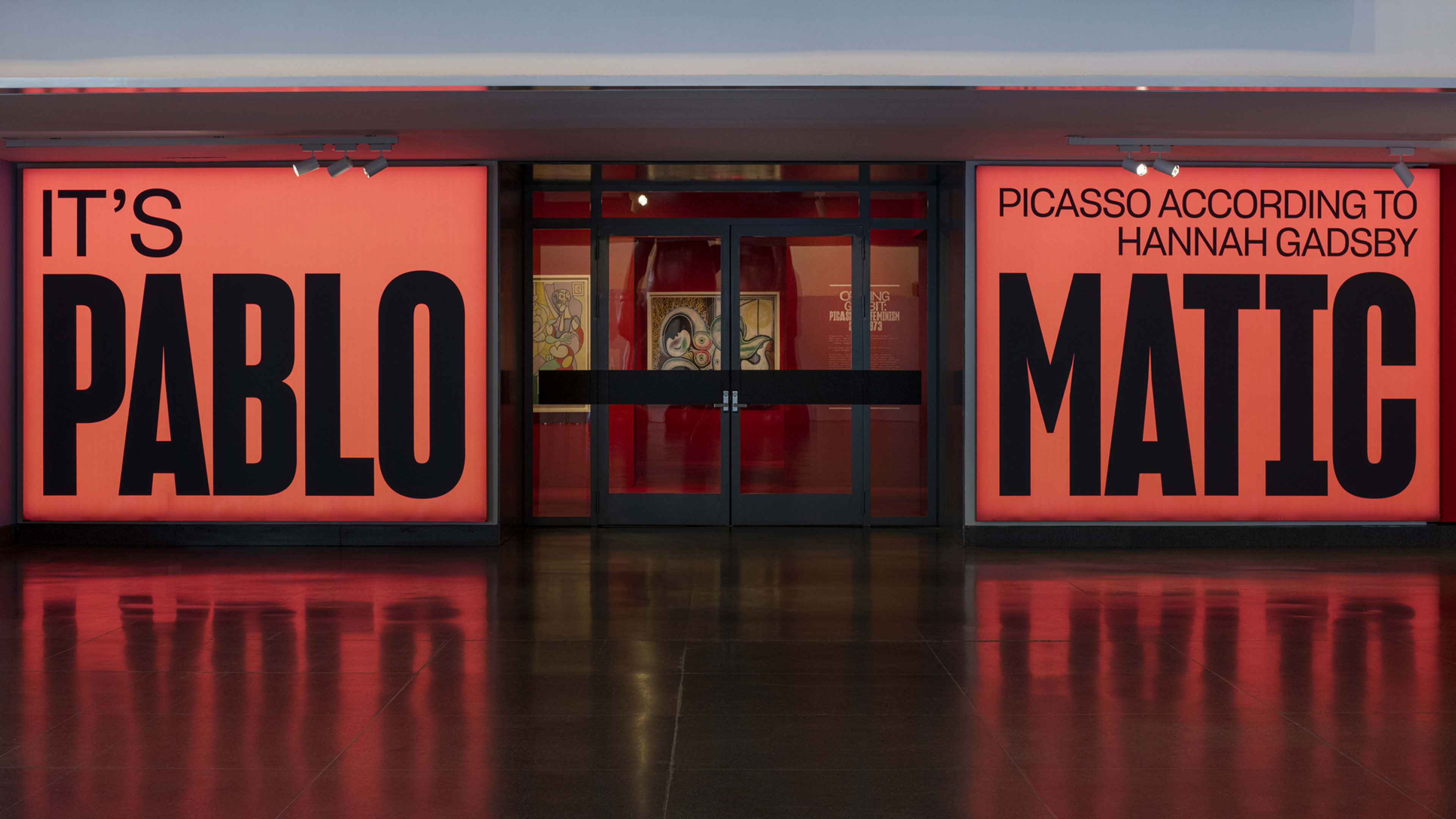The Brooklyn Museum invited an unexpected new voice into the art world’s upper echelon—the Australian comedian Hannah Gadsby—and it’s causing a stir.
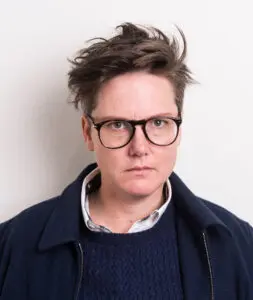
Gadsby co-curated the museum’s new Pablo Picasso anniversary show, which is one among many worldwide commemorating the artist on the fiftieth anniversary of his death. This one, which opened June 2 to some undeniably negative reviews, isn’t afraid to charge straight into the minefield of his personal legacy.
This exhibition, titled “It’s Pablo-matic: Picasso According to Hannah Gadsby,” revisits Picasso’s legacy with a lens informed by contemporary cultural questions, asking if, when, and how modern audiences can separate the artist’s work from his infamously misogynistic behavior.
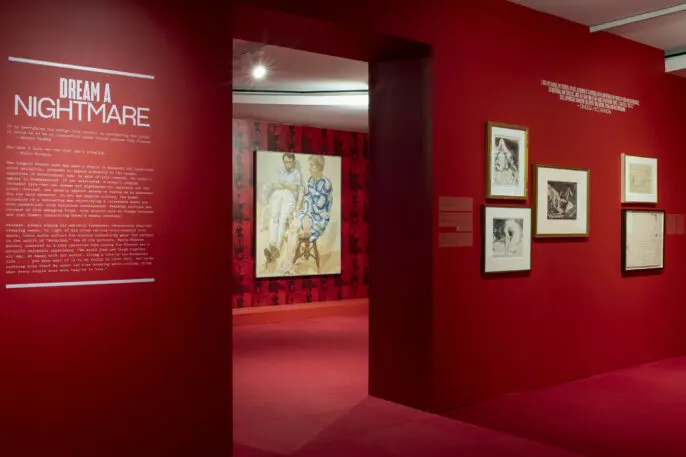
Gadsby (who uses they/them pronouns) and co-curators Catherine Morris and Lisa Small are experimenting with a different approach to curation in a post-#MeToo era, attempting to bring a younger, more diverse generation of art lovers into the conversation.
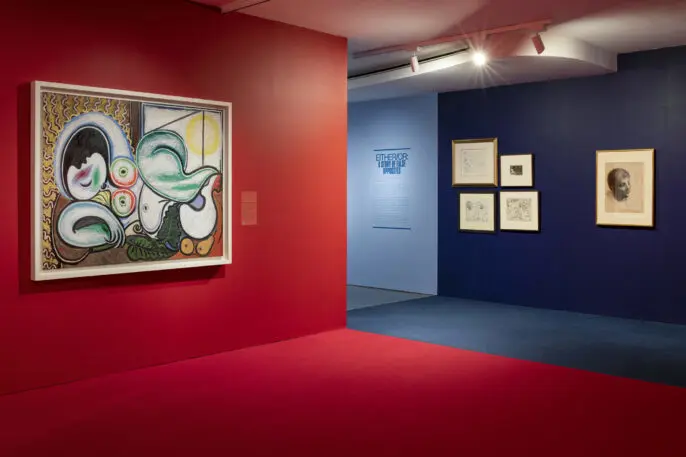
The museum’s Picasso collection is accompanied by a colorful audio tour narrated by Gadsby, a stand-up comedian with three major Netflix specials who took the artist to task in their popular 2017 special Nanette. (“Donald Trump, Pablo Picasso, Harvey Weinstein, Bill Cosby, Woody Allen, Roman Polanski. These men are not exceptions, they are the rule,” they said.) Gadsby takes particular issue with Picasso’s brutal treatment of the women in his life, especially his relationship with a 17-year-old girl when the artist was in his forties.
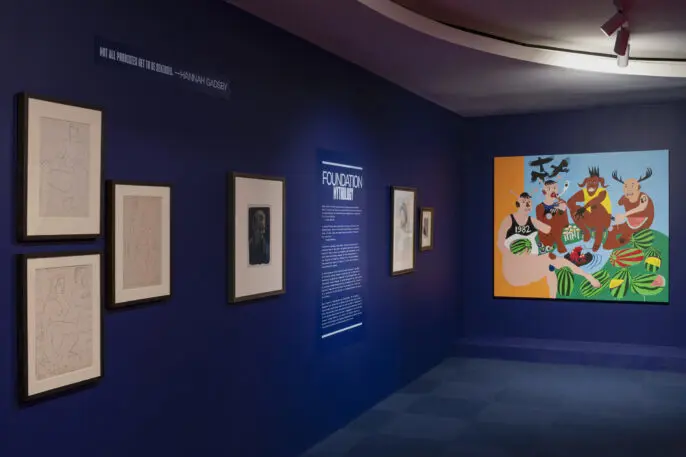
In an effort to explore what the artist’s work does, and should, mean in 2023, the exhibit juxtaposes Picasso’s canvases with the works of contemporary female artists, including Mickalane Thomas, Cecily Brown, and Renee Cox. The curators interviewed these living female artists, asking them to reflect on Picasso’s place in the culture and his influence on their own work, and included their answers in the show. Viewers will also be prompted to share their own reflections and feedback on the exhibition.
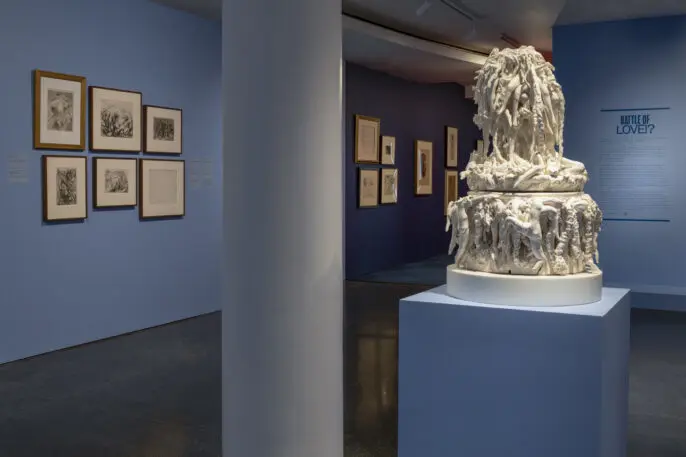
The goal, Small says, is not to “cancel” Picasso, but bring more voices into the conversation about his legacy. “Younger people—specifically women—have a lot of questions about the assumptions that many of us were taught [about art],” Morris says.
In fact, a whole new discipline of feminist art history has flourished in the fifty years since the artist’s death. “There is a strong contingent of people who see Picasso as a genius who cannot be toppled,” Morris says. “Those people would be surprised by the number of young people in the world who not only don’t think about Picasso, but may not even know who he is.”

The exhibit indicates a growing willingness among museum leaders to reflect current cultural conversations about race, class, and gender—and the role of art institutions themselves. “People are interested in examining what museums are and why they do what they do, and certainly why they have what they have in their buildings,” Morris says.
The Brooklyn Museum was well-positioned to take such curatorial risks. Thirty-five percent of its audience is under the age of 35, it says, versus an average of 30% at other New York institutions, and 60% of its visitors identify as female and 5% identify as non-binary.
The museum is also no stranger to engaging with progressive politics. It has long been a stronghold for feminist art, thanks to the presence of Elizabeth A. Sackler feminist center, an exhibition space housed within the museum dedicated entirely to raising public awareness about feminism’s contributions to modern art. The cornerstone of the center’s permanent collection is Judy Chicago’s monumental work The Dinner Party, a massive triangular banquet table with 39 vulvar ceramic place settings, each honoring a significant historical woman from the ancient Minoan Snake Goddess to Georgia O’Keeffe.
Thanks in large part to Gasby’s involvement with the Picasso show, it’s generated a fair amount of public attention since it was announced, including some controversy over Gadsby’s qualifications and the Brooklyn Museum’s connection to the Sackler family. But the curators think much of the skepticism about Gadsby’s credentials (they studied art history in college) and their involvement in the curatorial process points merely to anxiety around diversifying curatorial practices.
“Picasso will be fine,” Morris says. Her hope for the show “is that people will realize that feminists have a sense of humor.”
Recognize your brand’s excellence by applying to this year’s Brands That Matter Awards before the early-rate deadline, May 3.
